

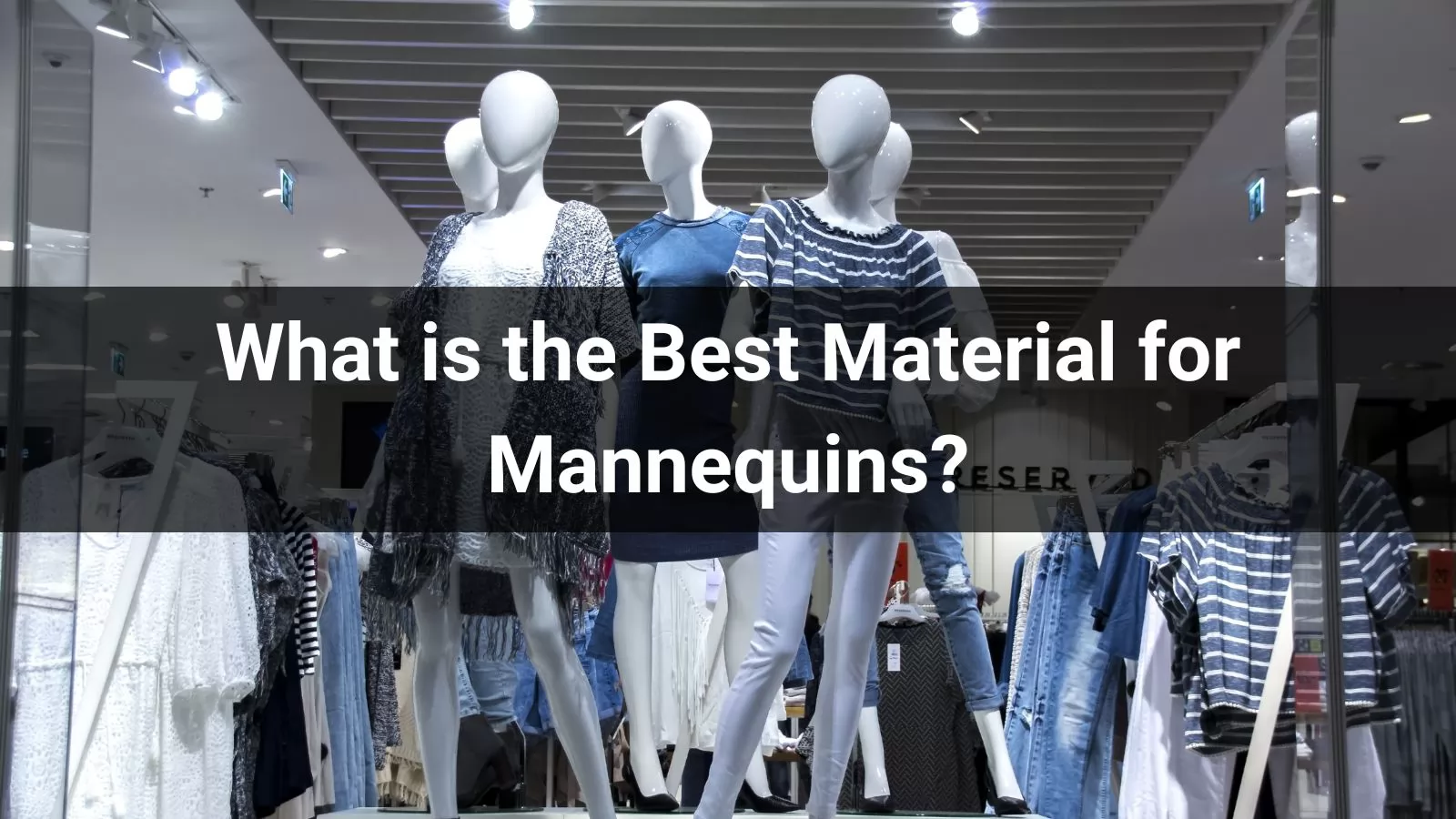
Choosing the right material for your mannequin can be a crucial decision that impacts everything from durability and aesthetics to cost and the overall impact on your brand. In this guide, we’ll explore the best materials for mannequins, taking into account factors like strength, versatility, cost, and appearance. We’ll dive into the pros and cons of popular choices like fiberglass, plastic and wood mannequins to help you decide which is best for your specific needs. So, whether you’re a retailer looking for an eye-catching display or a fashion student seeking a realistic mannequin, read on to find the best material for your mannequin needs.
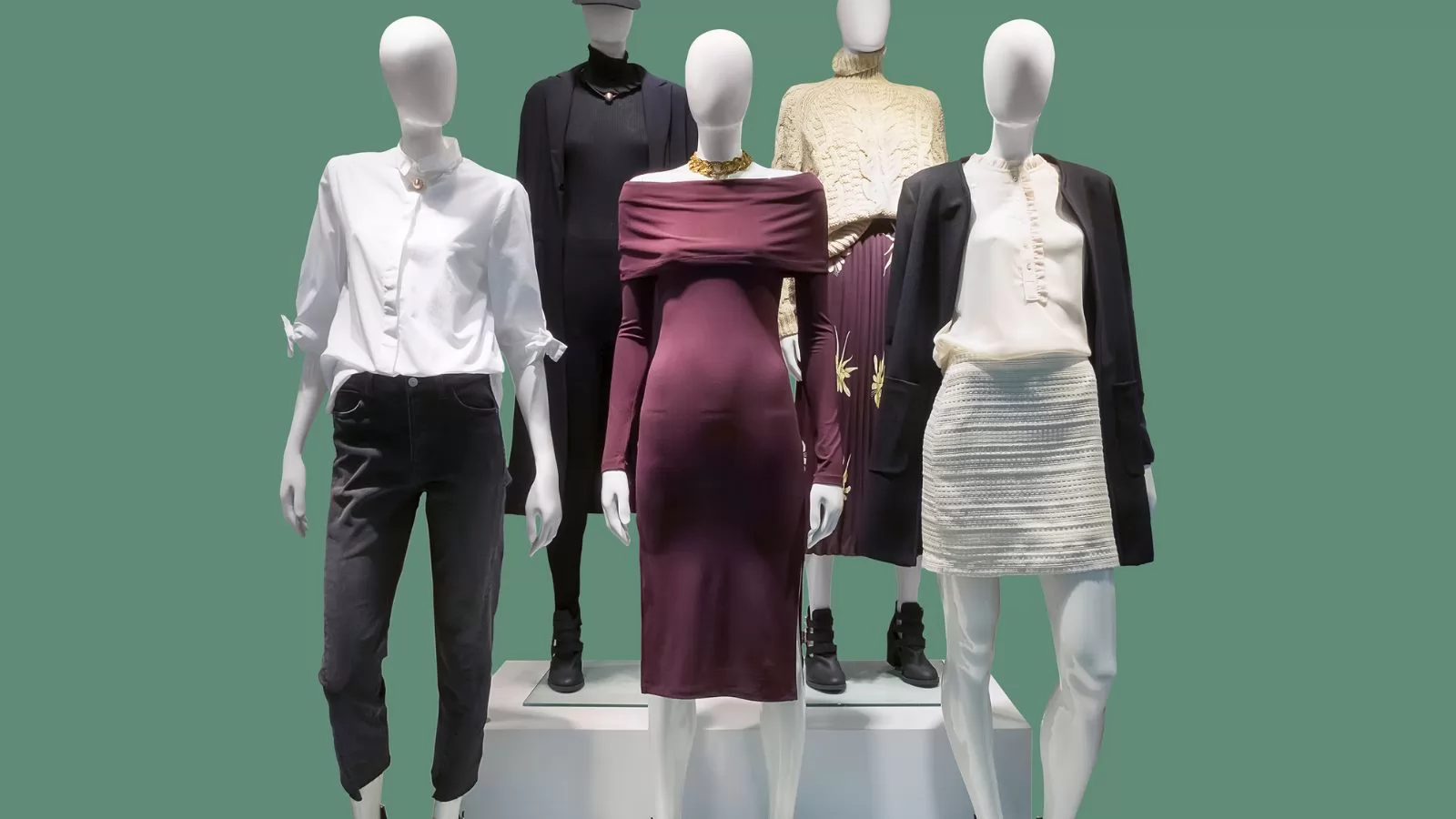
Fiberglass mannequins are a popular choice for displaying clothing, accessories, and other products in retail stores, fashion exhibitions, and showrooms. Made primarily from fiberglass, a durable and lightweight composite material, these mannequins offer a unique combination of strength, flexibility, and customization that makes them ideal for various display needs.
Key Features of Fiberglass Mannequins:
1. Durability: Fiberglass mannequins are robust and resistant to wear and tear. They can withstand rough handling, making them a cost-effective choice for long-term use.
2. Lightweight: Despite their sturdy construction, fiberglass mannequins are relatively light, making them easier to move and position within a store or display space.
3. Realistic Appearance: Fiberglass can be molded to create highly detailed and lifelike figures, offering a more realistic display of clothing and accessories.
4. Customizable: Fiberglass mannequins can be easily customized in terms of size, pose, and finish (e.g., matte, glossy, or painted). This makes them suitable for a wide range of display needs.
5. Easy Maintenance: Cleaning and maintaining fiberglass mannequins is straightforward, requiring only simple cleaning solutions and soft cloths to keep them looking fresh.
6. Cost-Effective: While fiberglass mannequins may have a higher initial cost compared to plastic or other types, their longevity and durability make them a more cost-effective investment in the long run.
Disadvantages of Fiberglass Mannequins:
1. Fragility: Despite their overall strength, fiberglass mannequins are still relatively brittle. A sudden impact or fall can cause cracks or chips, especially around delicate areas like the joints or face. Proper handling and transportation are crucial to avoid damage.
2. Heavier than Some Alternatives: While lighter than wood or metal mannequins, fiberglass can still be heavier than plastic or foam mannequins. For stores that need to frequently move or reposition mannequins, this added weight could be a challenge.
3. Higher Initial Cost: The production process for fiberglass mannequins is more expensive than for plastic or foam, which can make the initial investment higher. For businesses on a tight budget, this could be a significant factor.
4. Maintenance and Repair: Though fiberglass mannequins are relatively low-maintenance, repairs can be difficult. If the mannequin becomes damaged (such as a crack or break), professional repairs may be needed, which can be costly and may not fully restore the mannequin to its original condition.
5. Limited Flexibility: Most fiberglass mannequins come in fixed poses, meaning they cannot easily be adjusted or changed. If a store or exhibition requires mannequins in different poses on a regular basis, it may be necessary to purchase multiple mannequins or explore alternative materials that offer greater flexibility.
6. Environmental Impact: Fiberglass is made from synthetic materials, and while durable, it is not the most environmentally friendly option. The production of fiberglass involves energy-intensive processes, and at the end of their life, fiberglass mannequins are not easily recyclable, which could pose challenges in waste management.
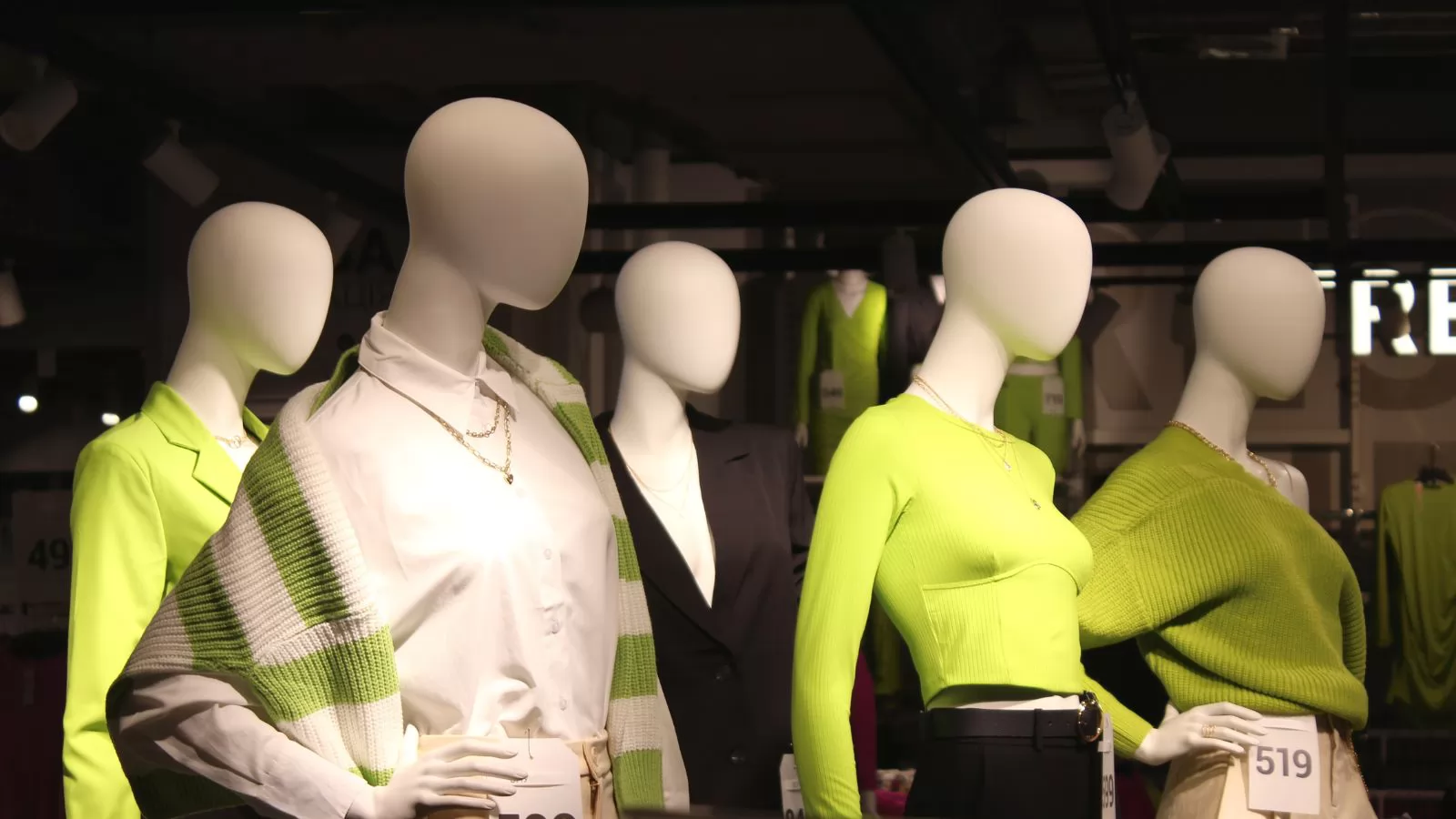
Plastic mannequins are a popular and cost-effective alternative to fiberglass mannequins for displaying clothing, accessories, and other products in retail stores, showrooms, and exhibitions. Made from various types of plastic, these mannequins are known for their affordability, versatility, and lightweight design. They come in a wide range of sizes, poses, and styles, making them a go-to option for businesses looking to display their merchandise in an efficient and eye-catching manner.
Key Features of Plastic Mannequins:
1. Affordability: One of the biggest advantages of plastic mannequins is their lower cost compared to materials like fiberglass or metal. This makes them an attractive choice for businesses with a tighter budget or those needing to purchase in bulk.
2. Lightweight: Plastic mannequins are generally much lighter than fiberglass or metal mannequins, which makes them easier to transport, handle, and adjust in store displays. This is especially beneficial for retailers who frequently change their layouts or display setups.
3. Variety of Styles and Poses: Plastic mannequins come in a wide variety of poses, body types, and designs, making them versatile for different types of products. Whether you're looking for full-body mannequins, headless torsos, or even mannequins with multiple poses, plastic models are easy to find in different styles to suit your needs.
4. Durability: While plastic mannequins may not be as durable as fiberglass, they are still relatively strong and able to withstand normal use. They are also less prone to cracking or chipping than fiberglass, making them a good option for stores with high foot traffic or those that need to avoid breakage.
5. Customizable: Many plastic mannequins can be customized with different colors, finishes, or accessories to match the aesthetic of your store or brand. Some can even be painted or adorned with fabric, offering plenty of opportunities for personalizing the display.
6. Low Maintenance: Like fiberglass mannequins, plastic mannequins are easy to clean and maintain. A quick wipe-down with a damp cloth is typically all that’s needed to keep them looking fresh and presentable.
Disadvantages of Plastic Mannequins:
1. Less Realistic Appearance: Plastic mannequins generally don’t offer the same level of realism as fiberglass models. While they can still be molded into human-like shapes, they may lack the fine details and lifelike appearance of fiberglass, which could be a drawback for high-end fashion displays.
2. Weaker Durability: While plastic mannequins are durable for everyday use, they are more susceptible to damage from falls or impacts compared to fiberglass. They can crack or break under heavy pressure, especially if made from thinner plastic.
3. Limited Customization Options: Although plastic mannequins can be painted or altered, they don’t offer the same level of customization as fiberglass or more expensive materials. The ability to mold plastic into specific poses or body types is also somewhat more limited.
4. Potential for Yellowing Over Time: Some types of plastic, particularly lower-quality models, can discolor or yellow over time due to exposure to light or air. This can make them look worn and dated, which could affect the overall presentation of your products.
5. Not Always Suitable for High-End Displays: For luxury retailers or high-fashion stores that require a more sophisticated, high-quality display, plastic mannequins may not always provide the premium look and feel that fiberglass or more expensive materials offer.
6. Environmental Concerns: Like most plastic products, plastic mannequins may pose environmental concerns at the end of their lifespan. While some can be recycled, many plastic mannequins are not made from recyclable materials, which can contribute to waste.
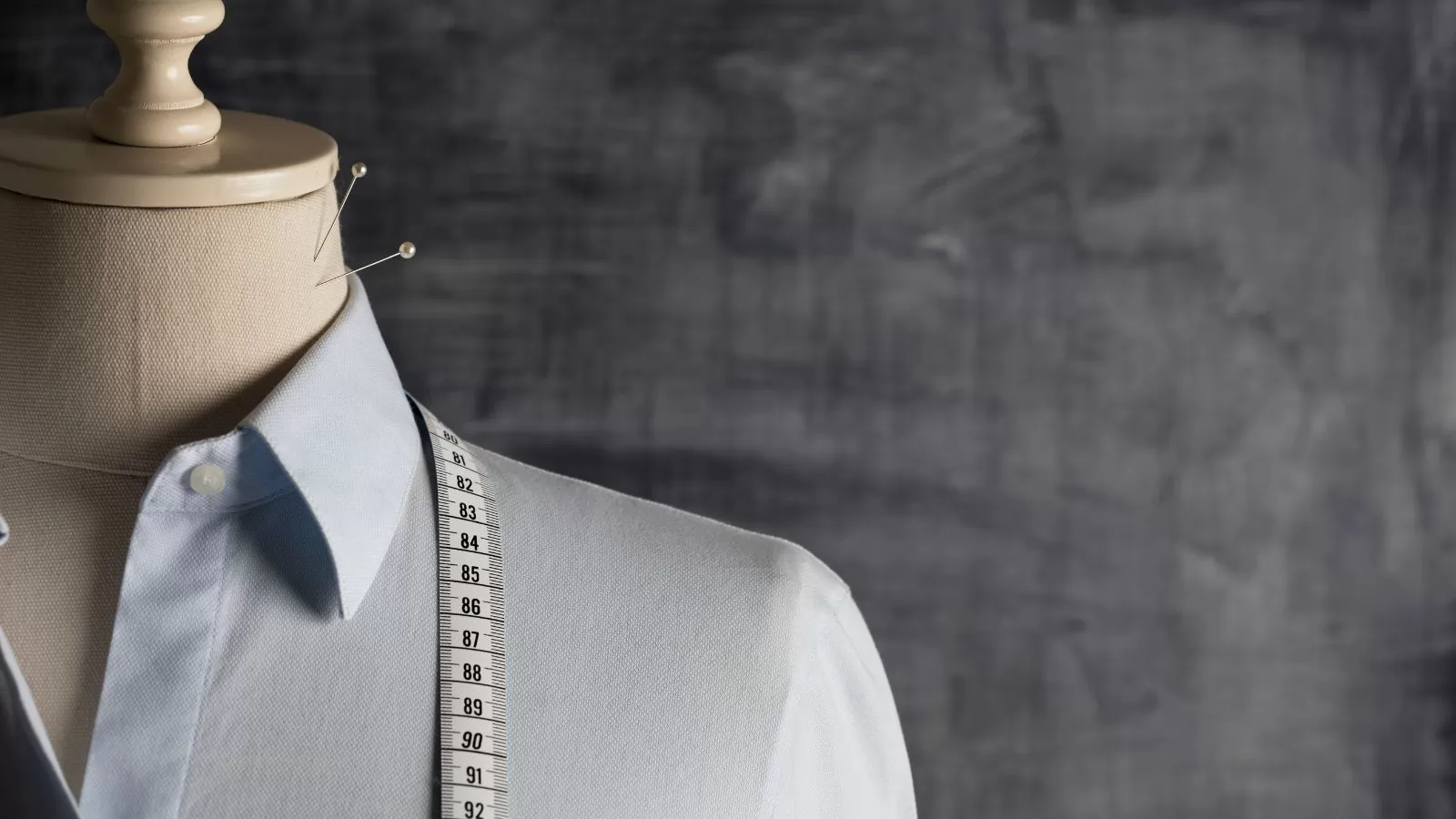
Wood mannequins are an elegant and eco-friendly alternative to traditional mannequins made from plastic, fiberglass, or metal. Crafted from various types of wood—often with a smooth finish—these mannequins offer a unique, natural aesthetic that can add warmth and character to a retail or exhibition space. While they are less common than their plastic or fiberglass counterparts, wood mannequins are a great choice for certain brands and stores looking for a distinctive, rustic, or sustainable display solution.
Key Features of Wood Mannequins:
1. Aesthetic Appeal: One of the main reasons retailers choose wood mannequins is for their distinctive and natural look. The warm, earthy tones of wood create a unique visual contrast with the clothes or accessories being displayed. These mannequins often evoke a vintage or artisanal feel, which is especially popular in boutique stores, eco-conscious brands, or luxury fashion outlets.
2. Sustainability: Wood is a renewable resource, and many wood mannequins are made from sustainably sourced materials, making them an environmentally friendly option. For businesses that prioritize sustainability or have a natural, eco-friendly ethos, wood mannequins are a fitting choice.
3. Durability: While not as resistant to impact as fiberglass, wood mannequins can be surprisingly durable if made from high-quality wood. They are less likely to crack or chip compared to plastic mannequins, and their sturdiness makes them well-suited for long-term use in stores or exhibitions.
4. Customization: Wood mannequins can be easily customized. They can be stained or painted to match a store’s branding or design aesthetic. Some stores also add accessories like fabric wraps, hats, or custom finishes to further personalize the display.
5. Uniqueness: Unlike mass-produced plastic or fiberglass mannequins, wood mannequins often have a handcrafted or artisanal look. This can give a brand a unique identity and help distinguish it from competitors in the market. Wood mannequins are especially popular in high-end fashion boutiques, art galleries, and eco-conscious businesses.
6. Strong Visual Presence: The organic and rustic charm of wood mannequins makes them stand out in any display. They are particularly effective when showcasing high-end or artisan-made products, where the material itself complements the overall presentation.
Disadvantages of Wood Mannequins:
1. Heavier Than Plastic or Fiberglass: One of the biggest drawbacks of wood mannequins is their weight. Depending on the type of wood used, they can be much heavier than plastic or fiberglass mannequins, which makes them less convenient to move or adjust in a display setting. For stores that frequently re-arrange their displays, this could be a disadvantage.
2. Higher Cost: Wood mannequins are generally more expensive than plastic mannequins, especially if they are custom-made or crafted from high-quality, sustainable wood. For businesses working with a tight budget, this initial cost could be a factor to consider.
3. Vulnerability to Damage: While wood is durable, it is still more susceptible to scratches, dents, and scuffs compared to materials like plastic or fiberglass. They also require proper care to maintain their appearance, as wood can become damaged by water or excessive heat.
4. Limited Poses and Styles: Unlike plastic or fiberglass mannequins that can be easily molded into a variety of poses, wood mannequins are often more rigid and less versatile. They tend to be available in fewer poses and may not offer as much flexibility for different display needs.
5. Maintenance Needs: Wood mannequins require more maintenance than plastic or fiberglass mannequins. They may need periodic cleaning, polishing, or refinishing to keep their appearance intact, especially if they are exposed to sunlight, moisture, or wear and tear in high-traffic retail environments.
6. Less Realistic Appearance: While wood mannequins have their charm, they generally do not offer the same level of realism as fiberglass mannequins. For stores that require highly lifelike representations of the human form to showcase their products, wood mannequins might not be the best choice.
Purpose of Use:
The intended purpose of the mannequin is crucial when selecting materials. If the mannequin is intended to showcase high-end fashion, such as in retail stores or fashion shows, fiberglass is the best option. It offers excellent surface effects and the ability to carve intricate and realistic forms, making it ideal for displaying luxury clothing and accessories. Fiberglass mannequins exude a noble quality, presenting a sense of sophistication and refinement. On the other hand, for temporary displays such as seasonal promotions, trade shows, or short-term events, plastic mannequins are a more suitable choice. They are lightweight, easy to move, durable enough for short-term use, and relatively cost-effective. If you prefer a natural and vintage style, wooden mannequins are also a good option. Wooden mannequins typically have a warm texture and unique grain, adding a touch of natural and artistic flair to the clothing display, especially for high-end handmade or custom brand apparel.
Budget:
The budget is also a key factor in determining the mannequin material. Fiberglass mannequins are typically more expensive due to their refined appearance, durability, and realistic effects. They are a long-term investment and ideal for environments where visual appeal and quality are prioritized. In contrast, plastic mannequins are more affordable and are the ideal choice when the budget is limited. They offer sufficient functionality and aesthetic value, making them especially suitable for cost-effective scenarios. If the budget allows, wooden mannequins, while more expensive, often become the focal point of the display due to their natural feel and unique style. They are perfect for high-end markets or stores with a distinctive brand image.
Usage Environment:
The environment in which the mannequin will be used greatly influences the choice of material. If the mannequin will be used in harsher conditions, such as outdoor displays, high-humidity areas, or industrial sites, fiberglass mannequins are recommended. Fiberglass has excellent corrosion resistance and can withstand environmental factors such as moisture, chemicals, and UV rays, ensuring the mannequin remains in good condition over time. This durability makes fiberglass mannequins suitable for both indoor and outdoor environments, especially in conditions where exposure to harsh elements is possible. Wooden mannequins, however, are not well-suited for humid or outdoor use, as wood can be damaged by moisture or other environmental factors. They are generally better suited for indoor displays, particularly in warm, dry environments.
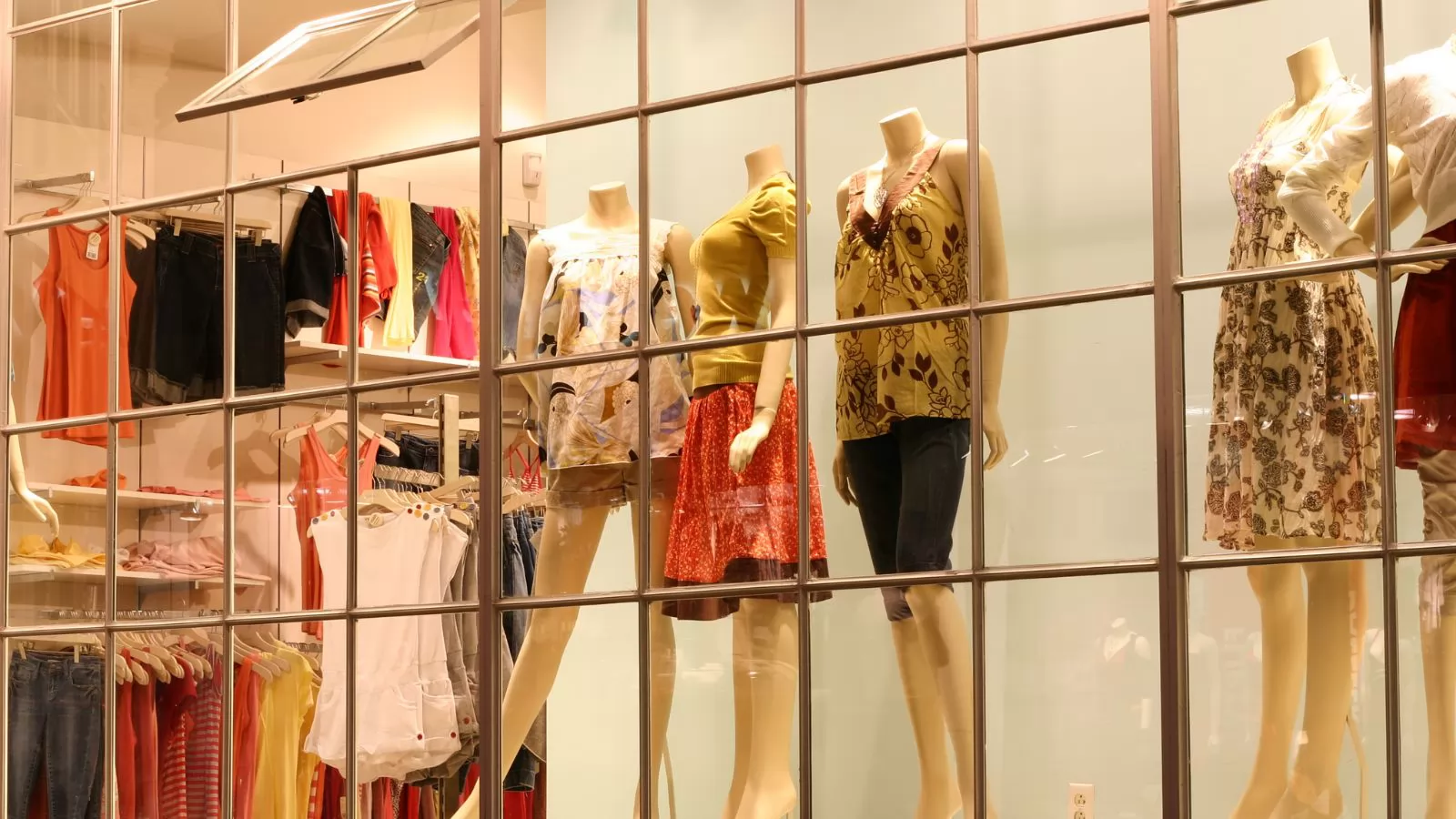
When searching for the best material for a mannequin, it’s essential to understand how different materials affect the functionality and aesthetics of your retail display. Material selection plays a major role in effectively displaying merchandise, and choosing the right material can enhance the overall customer experience.
How to choosing the best material for a mannequin depends on the specific needs of your store, the look you want to achieve, and your budget. Whether you prefer the smoothness of fiberglass, the affordability of plastic, or the charm of wood, understanding the properties of each material can help you make an informed decision that can enhance your display.
If you need a reliable hanger manufacturer, then it is recommended to contact Eisho. Eisho is a professional manufacturer and exporter of designing and manufacturing hanger products.







